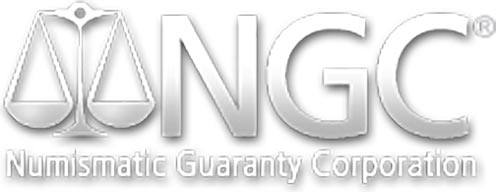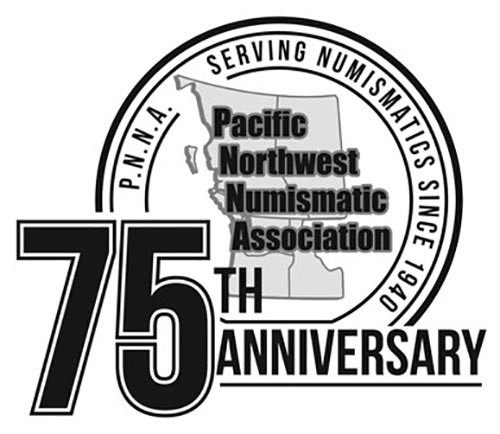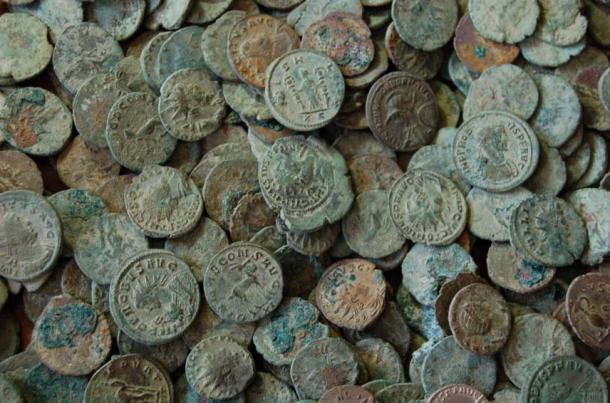
Europe has had one of the longest, most complex and interesting histories since the dawn of time; exchanging hands from one ruler/emperor/king/tyrant to another before settling into the European Union we know today. During 260 A.D., a new emperor was setting out to make a name for himself; upon doing so, Lucius Domitius Aurelianus (Aurelian), reunited the Roman Empire and became known as “restitutor orbis” or “restorer of the world.” Aurelian would rule the empire from 270 A.D. until his death in 275 A.D.
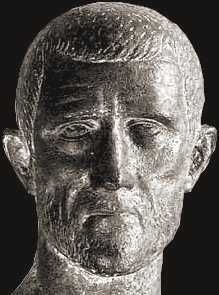 During this time, life was a series of never-ending turmoil as one ruler was constantly threatened by potential usurpation resulting in many battles taking place on farms, in orchards, etc. Farmers and other such tradesmen could have their whole crops and lands destroyed at any given moment and there was always the possibility of land seizure to which no one was immune. It was not uncommon, as it has been throughout the centuries, for one to hide as much savings as possible in the event they suddenly found themselves destitute. This may be the case regarding the large amount of coins recovered in Ueken, Switzerland over this past summer.
During this time, life was a series of never-ending turmoil as one ruler was constantly threatened by potential usurpation resulting in many battles taking place on farms, in orchards, etc. Farmers and other such tradesmen could have their whole crops and lands destroyed at any given moment and there was always the possibility of land seizure to which no one was immune. It was not uncommon, as it has been throughout the centuries, for one to hide as much savings as possible in the event they suddenly found themselves destitute. This may be the case regarding the large amount of coins recovered in Ueken, Switzerland over this past summer.
Dating as far back as 274 A.D. through 294 A.D. (the latter during the rule of Maximian), over 4,100 bronze and silver coins were discovered by a Swiss fruit and vegetable farmer as he tended to his land. Noticing something faintly glimmering in the cherry orchard, the farmer began to dig up what was later revealed to be 1,700 year old coins.
After noting the recent discovery of a Roman settlement made nearby in the town of Frick in Northern Switzerland, it dawned on the man that the coins he found may be of the same era. He immediately made contact with an archaeologist named Dr. George Matter. Together with his team, Dr. Matter excavated the remainder of the find which totaled 4,166 coins, weighing in at 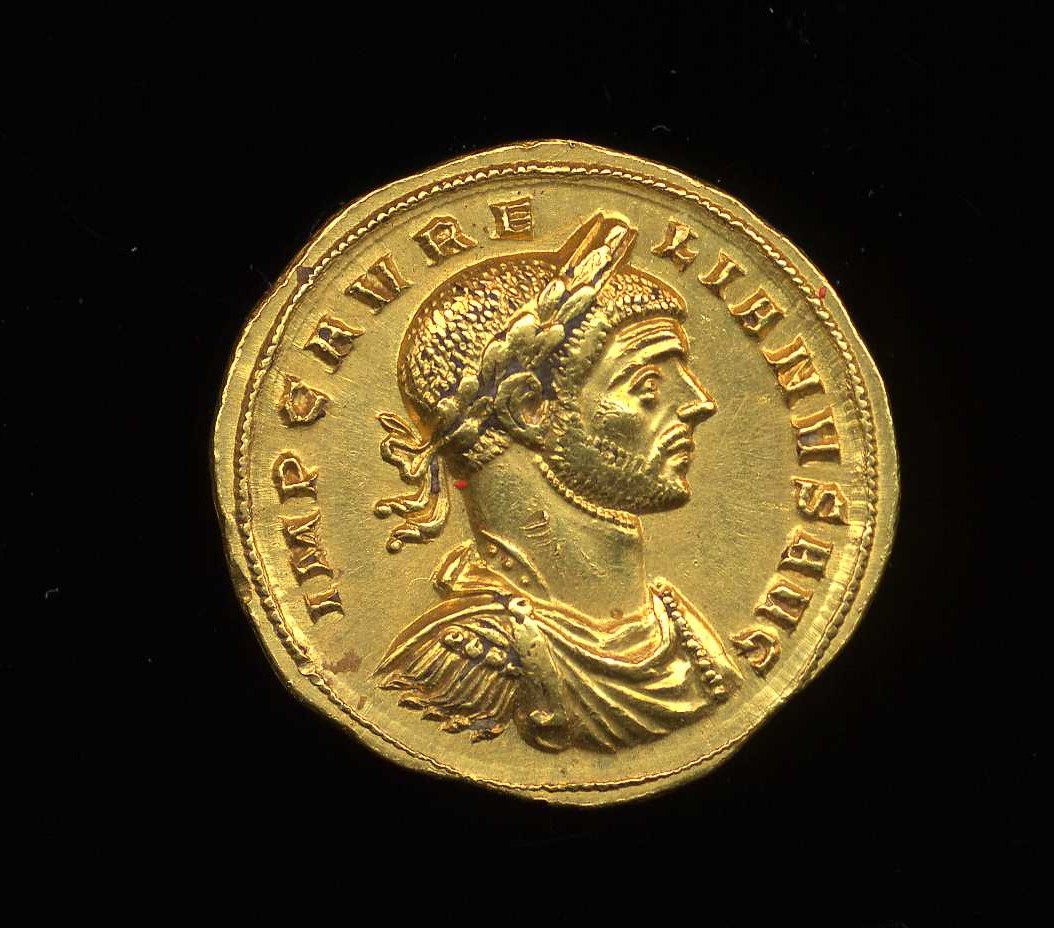 33lbs. Dr. Matter states that this is “an exceptional discovery” and it is “rare when more than 2,500 coins are found.”
33lbs. Dr. Matter states that this is “an exceptional discovery” and it is “rare when more than 2,500 coins are found.”
Further examination of the coins found them to be in very good condition and the amount representing at least 1-2 years wages from the time in which they could have been hidden.
The treasure is set to go on display sometime in the near future at the Vindonissa Museum in Brugg and the farmer will receive a finder’s fee in accordance to Swiss law, as the “objects found belong to the public.”
If you like this article, then you might enjoy other articles in our archives, such as Silver Treasure of Biblical Proportions Found in Ancient City
Liberty Coin & Currency specializes in rare coins and currency. We are a family-owned business located in Portland and Vancouver. We are also gold, silver, diamond, currency and jewelry buyers. Visit us first for a free evaluation.
Like this post? Let us know on Facebook, Twitter, Instagram, or Pinterest.




